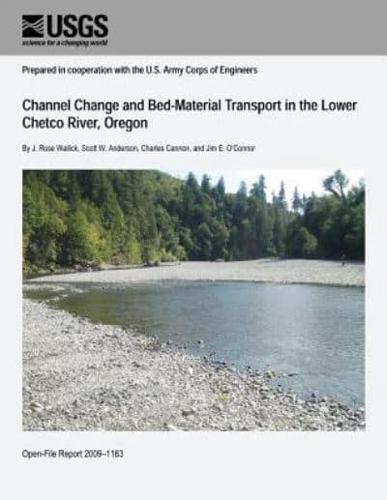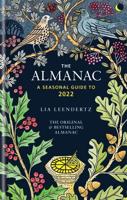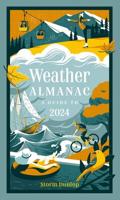Publisher's Synopsis
The lower Chetco River is a wandering gravel-bed river flanked by abundant and large gravel bars formed of coarse bed-material sediment. The large gravel bars have been a source of commercial aggregate since the early twentieth century for which ongoing permitting and aquatic habitat concerns have motivated this assessment of historical channel change and sediment transport rates. Analysis of historical channel change and bed-material transport rates for the lower 18 kilometers show that the upper reaches of the study area are primarily transport zones, with bar positions fixed by valley geometry and active bars mainly providing transient storage of bed material. Downstream reaches, especially near the confluence of the North Fork Chetco River, have been zones of active sedimentation and channel migration.









